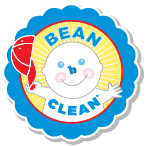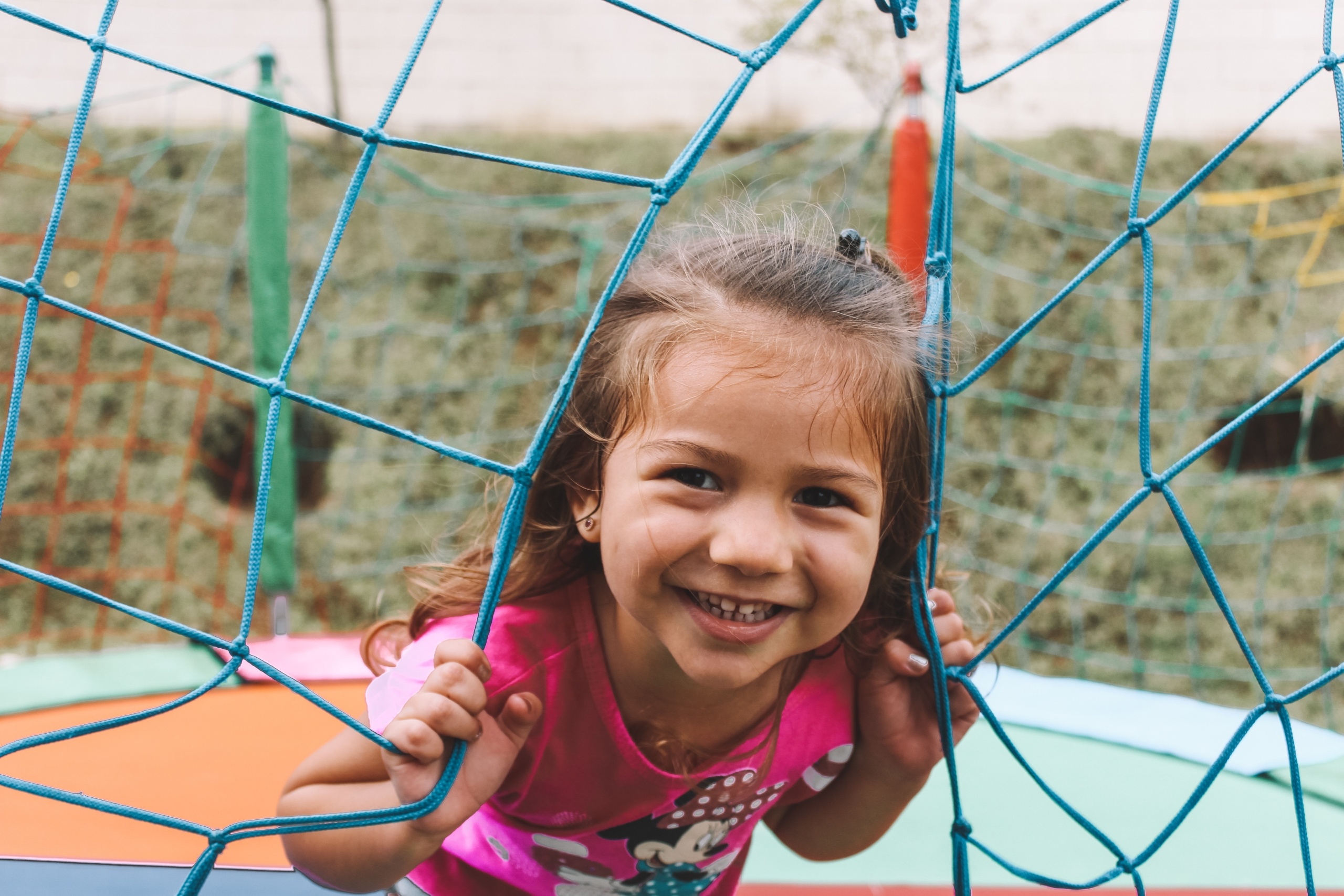Can Toddlers Get Cradle Cap?
Cradle cap is essentially a form of seborrheic dermatitis, which is notorious for creating oily or crusty patches on the skin that may appear scaly. It typically isn’t painful, but the thick scales can be difficult to remove if not properly treated. Since this is just a simple skin condition, anyone, at any age, may be able to get it.
There is a chance that toddlers’ sensitive skin could develop this condition. The causes are many, but this condition is typically environmental or due in part to genetics. Read on to find out more about why children get this condition, how you can get rid of it, and what kind of treatment options and tools are available.
Why Does My Two-Year-Old Have Cradle Cap?
Even children that are no longer infants can get this condition. However, instead of being called “cradle cap”, it will likely just be referred to by its clinical name. Your child may have excessively dry or unbalanced skin. This skin condition is easily noticed because while it is often unpleasant in appearance, your child typically will experience little to no itching or discomfort as a result.
There are certain areas of the body that have more of the sebum glands responsible for producing oils in the skin. As a result, these are the areas that will be more affected by a condition like seborrheic dermatitis. In toddlers, this condition can usually be found on the scalp, but it may also migrate to the face, ears, forehead, back of the neck, and other areas.
If you notice that your two-year-old has red, scaly patches in the creases of their skin, such as in their elbow crevices or the backs of their knees, this may also be “cradle cap”, or dermatitis. It can be found in the “diaper area” — the upper thighs, buttocks, and lower abdomen area, which is exposed to more moisture and doesn’t get as much breathing time.
How Do You Get Rid of Cradle Cap on a Toddler?
No matter where or how severe this condition is, it will often clear on its own. With regular washing and brushing, you can assist the skin in getting rid of excess oils and loosen the scales so that the skin can heal and regenerate easier. Here are some important tips regarding treatment and remedies.
Shampooing and Brushing
One of the best things that you can do for your toddler who is suffering from cradle cap is to wash their hair daily with a mild shampoo made for babies and children. Use your hands to massage the shampoo into the scalp or use a washcloth to help remove some of the buildup.
You should dry it carefully, patting rather than rubbing so that you don’t further irritate the skin. You can also add a few drops of mineral oil to their scalp and use a brush to brush the hair and help massage the oil into the scalp, shampooing it out and patting it dry after. Brushing with a gentle brush can help loosen some of the scaly patches and massage the scalp to promote healing.
OTC Treatments and When to Call a Doctor
If the condition gets worse or doesn’t get better, you may need to go beyond home remedies. There are topical creams, gels, shampoos, and other products available to treat this condition. Just be sure to choose products designed for babies and toddlers to give them the gentlest, safest option for relief. It may be best to call your doctor first. They can advise you about which solutions will be best to try.
In rare cases, there may be a need for prescription steroid creams or shampoos that are available to treat conditions like seborrheic dermatitis. Again, this is why it might be a good idea to start by contacting your doctor if it seems like your toddler’s skin issues aren’t going away on their own. They will be able to help you find the best solution and identify exactly what is going on, just in case it isn’t cradle cap, after all.
Get the Bean-b-Clean Brush for Your Toddler
There are so many different causes of “cradle cap” and other versions of seborrheic dermatitis, but they all have a similar method of relief: moisturizing. It’s best to use a fragrance-free, extra-strength lotion or to talk to a doctor about getting a product specifically for this condition.
Having the right tools can make a big difference, too. Check out the Bean-b-Clean cradle cap brush, which is uniquely designed to offer gentle, massaging relief when used to brush the scalp after bath time. This brush is available to consumers at several major retail outlets for when you need a better solution than topical products, and it might be just the solution that your baby or toddler needs.


